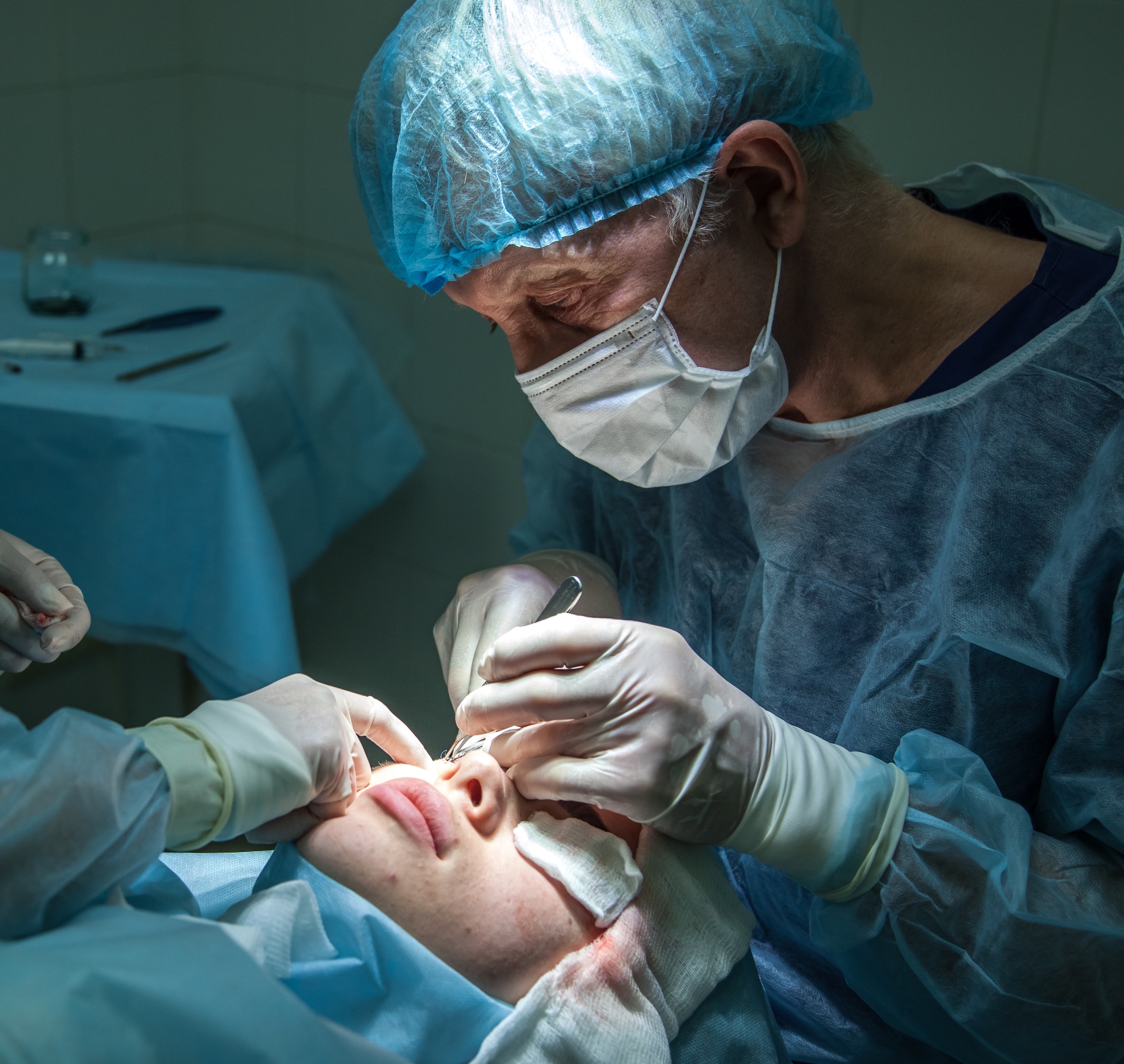Mesotherapy as an effective aesthetic medicine treatment
The external appearance is an undoubted business card. It is he who influences the first impression and often becomes helpful in winning over people. We feel confident thanks to the beautiful skin and well-groomed hair. However, what to do to stop this state of affairs or eliminate the first signs of aging?
What are aesthetic medicine treatments?
Aesthetic medicine treatments can come to our aid in this delicate matter. Come many people still mistakenly associate only with breast or mouth enlargement, they are increasingly winning allies. Thanks to them, we can not only prevent wrinkles from forming too quickly or delay aging processes, but also reduce existing ones.
Aesthetic medicine is currently a thriving branch of medicine. Treatments that are carried out within its scope are safe and often non-invasive. They are based on the use of the latest technologies, proven methods and innovative solutions. Performed in reputable and proven clinics by educated and experienced staff are currently effective and most importantly safe.
When to start using treatments?
Many people think that aesthetic medicine is intended for older people. The truth is that the use of various types of treatments and proper skin care at a young age is the most effective form of delaying skin aging. It is worth remembering that our skin ages every day. So the optimal period when we should be interested in the use of aesthetic medicine treatments is 25 years old.
Aesthetic medicine currently offers a wide range of possibilities to support and regenerate our appearances. Botox wrinkle filling, platelet rich plasma injection, lip augmentation, lipolysis but also laser scar removal and laser removal of unwanted hair are the most popular treatments in this area. One of the most universal treatments available in aesthetic medicine clinics is also mesotherapy.
What is mesotherapy?
Mesotherapy is a broad-spectrum treatment. In aesthetic medicine, it is carried out on the skin of the whole body. Starting from the face, neck, cleavage up to the hands and even the scalp. Mesotherapy is an example of a non-surgical procedure involving the introduction of nutrients (a cocktail) and regenerating substances under the skin using micro punctures. Depending on the problem we want to deal with and the place of mesotherapy, it can be divided into several types.
Needle mesotherapy
It belongs to the longest and most frequently performed procedures in the field of aesthetic medicine. This is due to its effectiveness in the case of gray and tired skin, which has even noticeable signs of aging but also in the fight against cellulite.
The treatment is based on the use of a device equipped with microneedles. Thanks to it, it is possible to puncture skin layers and introduce nutrients into them. However, in order for its effectiveness to be the greatest and the most effective, it is necessary to use mesotherapy cocktails properly selected for the skin problem. For example, if you want to get rid of cellulite, choose preparations based on phospholipids that have a fat-reducing effect. In contrast, the preparation used for treatments whose main purpose is rejuvenation of the facial skin should include B vitamins and hyaluronic acid.
Needle-free mesotherapy
The main difference resulting from this surgery and classic mesotherapy is the lack of use of skin punctures in it. It is a non-invasive treatment consisting in the effective penetration into the skin of the nutrients contained in skincare cosmetics using the electric potential. It is one of the most modern forms of this procedure. It has proven action in the fight against cellulite and also adipose tissue, but its basic application is regeneration, moisturizing and preventing skin aging.
Needle-free mesotherapy includes sonophoresis and iontophoresis. These are treatments that differ in the use of electrical potential methods. In the case of sonophoresis, these are ultrasounds that increase the permeability of active substances to the deeper layers of the skin by adjusting their appropriate concentration. Ionophoresis, on the other hand, works on the principle of ion permeability using direct current. Therefore, it is important to properly adapt the preparation giving electrolytic dissociation to this type of treatment.



